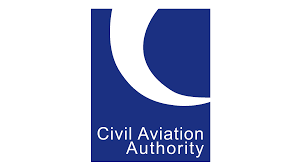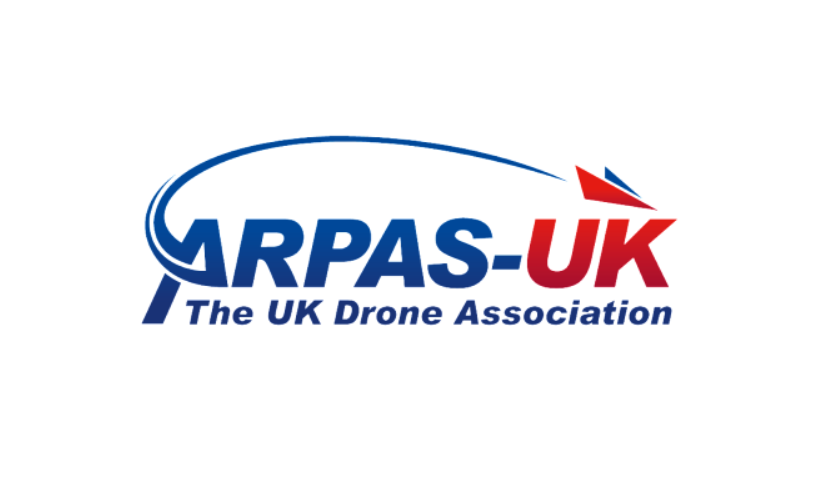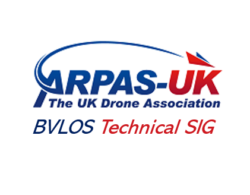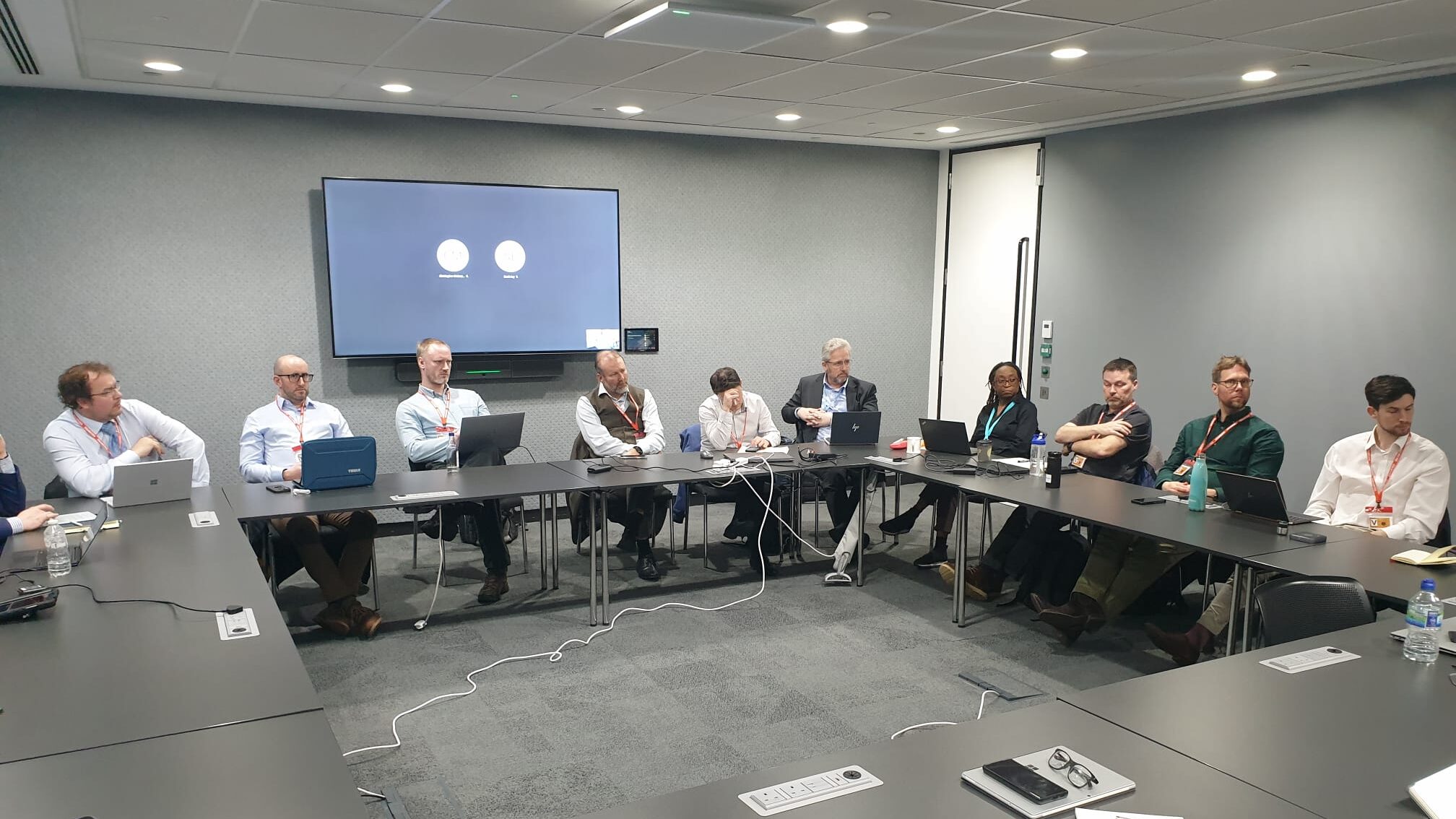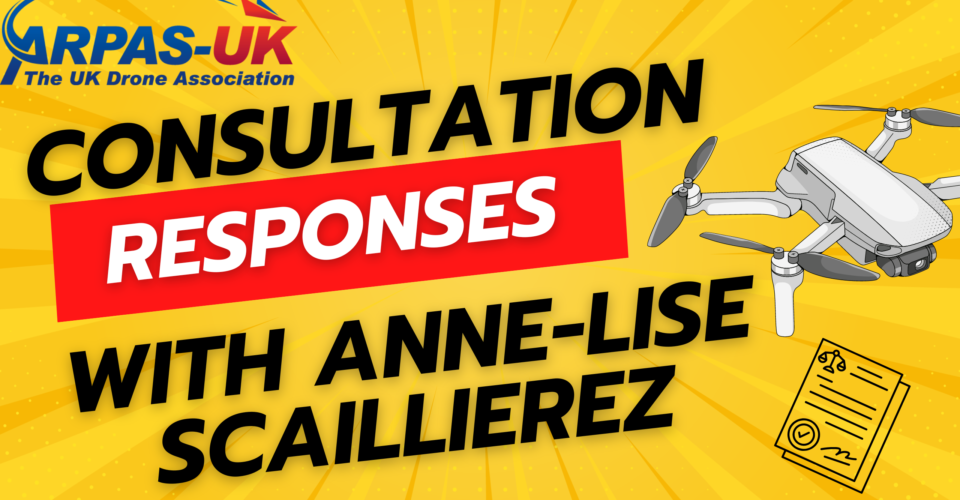Drone technology could transform our skies and boost the UK economy by £45 billion by the end of the decade.

- flying taxis and routine emergency service drones should be a reality by 2028
- new action plan will make sure regulation and infrastructure is in place to support exciting greener, quieter aviation technologies
- comes as Aviation and Technology Minister visits pioneering UK company Vertical Aerospace in Bristol to see technology first-hand
Flying taxis, crime-fighting drones and critical 999 care deliveries could all be a reality by 2030 thanks to the government and industry’s joint Future of Flight action plan, announced by the Department for Transport (DfT) today (18 March 2024).
Setting out a roadmap for drones and novel electric aircraft in the UK, the plan details how technology once confined to the realm of sci-fi could transform our skies, with studies estimating drone technology could boost the UK economy by £45 billion by the end of the decade.
It details plans for the first piloted flying taxi flight by 2026 and regular services by 2028, regular drone deliveries across our skies by 2027 and demos of autonomous flying taxis without pilots on board by 2030 – transforming how people and goods are transported.
The plan was unveiled on the same day the minister is due to visit Vertical Aerospace in Bristol – one of the UK companies making flying taxis and at the cutting edge of innovation in aviation.
These greener, quieter flying taxis are already undergoing the Civil Aviation Authority (CAA) authorisation process and have been made possible thanks to rapid advances in battery technology, meaning they are light enough to stay in the air and powerful enough to cover the distances needed.
Some of the other actions set out in the plan include:
- allowing drones to fly beyond visual line of sight (BVLOS) so that the sector can grow without limiting the skies for other aircraft
- breathing life into smaller aerodromes by setting out how they can operate as vertiports for electric aircraft that take off vertically (sometimes known as electric vertical take-off and landing (eVTOL) aircraft)
- developing standards to improve security for drones to boost public safety
- engaging communities and local authorities so that they can enjoy the economic and social benefits of these technologies
First imagined in the Flightpath to the Future in 2022, this joint plan between industry and government sets out the strategic direction of the sector over the next 5 years, striking a balance between innovation, security, safety and cutting emissions.
The benefits of this new technology are already being seen in the UK. West Midlands Police uses drones to tackle violent crime and antisocial behaviour. In July 2023, a drone team was deployed, successfully identifying 2 offenders and another suspect at a speed and distance that would have taken ground officers hours to track down.
Drones are also helping frontline NHS staff save lives. For 6 months between October 2022 and March 2023, the UK drone service provider Skyfarer partnered with University Hospitals Coventry and Warwickshire NHS Trust and Medical Logistics UK to test drones to deliver surgical implants and pathology samples between sites. In one case, drones reliably helped cut delivery times of surgical implants between Coventry and Rugby hospitals from up to an hour to just 18 minutes – a 70% decrease.
The Future of Flight action plan contains measures to make drone applications and assessments easier by creating new and simple digital platforms that operators can use – ensuring companies and public services are no longer shackled by red tape and get drones up and flying quicker.
It will also enable the development of vertiports – mini-airports for drones and electric aircraft that take off vertically – by developing certification standards and reviewing the use of existing infrastructure to deliver at speed, boost safety and security and put the passenger first.
Industry partners will also undertake multiple industry-leading trials to explore new ways to operate drones beyond the visual line of sight and demonstrate electric aircraft – keeping accidents to a minimum and making the most of technological advances. This could include finding and repairing faults quicker on our railways with fewer delays and cancellations for train passengers, providing new connections across the UK and using technology to help our emergency services.
The Future of Flight action plan comes ahead of the fifth meeting of the Future of Flight Industry Group, a joint force established in February 2023 for government and industry leaders to tackle the biggest challenges facing the sector and set ambitious goals as emerging aviation technologies become more commonplace.
From: Department for Transport and Anthony Browne MP
18 March 2024


